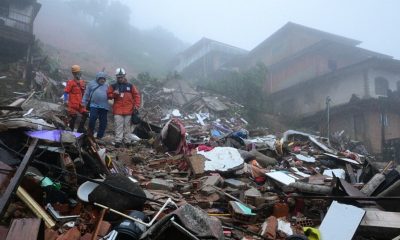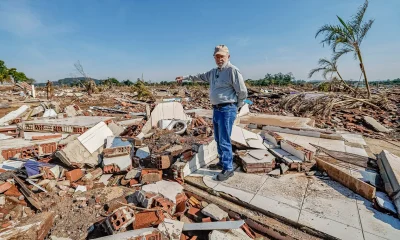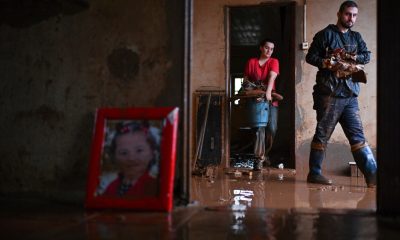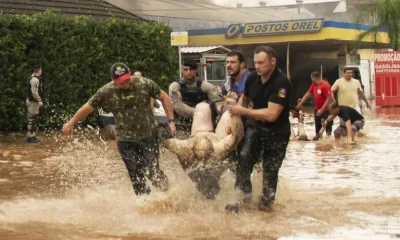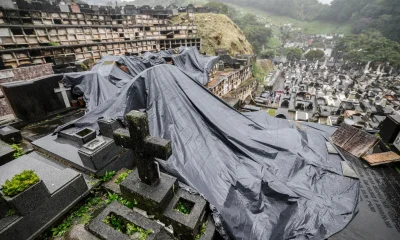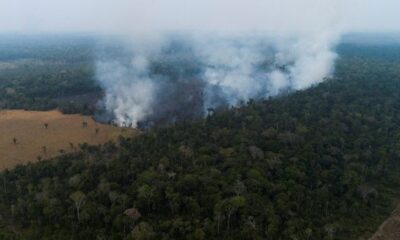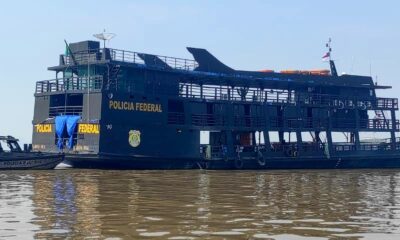International
Floods in southern Brazil put the public health system in check
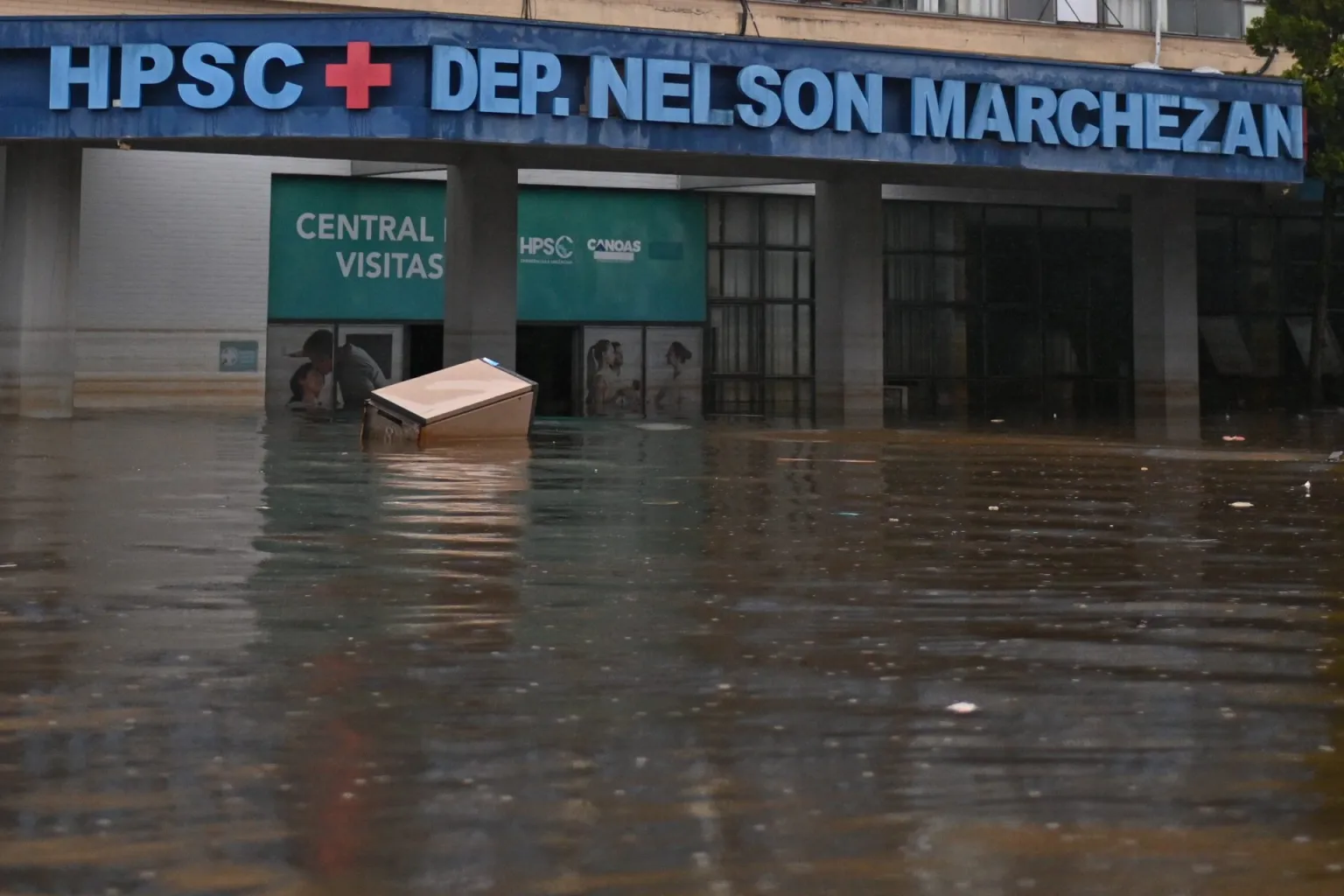
Floods in southern Brazil have pushed the precarious public health system to the limit, with hospitals surrounded by water, patients being transferred to haste and dozens of outpatient clinics affected by this climate catastrophe, which so far leaves 156 dead and 94 missing.
The rains that have hit the state of Rio Grande do Sul since the end of April have submerged a large part of the municipality of Canoas, one of the most affected. Two-thirds of the population was evacuated and one of the city’s hospitals is still surrounded by water.
At the Hospital of Pronto Socorro Diputado Nelson Marchezan the water has almost completely blocked the entrance of visitors. A refrigerator floats around. “He’s lost,” in the words of Mayor Jairo Jorge.
The impact on the regional health structure has been tremendous.
According to initial calculations by the Brazilian Institute of Geography and Statistics and the Federal University of Rio Grande do Sul, at least 801 health posts in 123 cities were totally or partially flooded.
Some basic care units are completely destroyed. For this reason, several field hospitals have been set up urgently, some managed by the Armed Forces.
“We have a fairly large volume (of patients),” Cecilia Soster, a nurse responsible for the field hospital built in Porto Alegre, tells EFE.
The Army installed another one in the town of São Leopoldo, where about half of the health posts are closed.
“We are doing an average of 100-120 consultations per day,” says Lieutenant-Conel Frederico Fuhrmeister, the doctor who coordinates the unit.
In addition, in the first days of the disaster there was no drinking water and there were serious problems with the supply of medicines because many roads were closed and the international airport of Porto Alegre, the regional capital, closed, with the forecast that it will only work again from September.
Organ transplants were paralyzed for two weeks and resumed again thanks to the use of helicopters borrowed by other states.
“It is the biggest climate catastrophe experienced in Rio Grande do Sul. Many healthcare services have been affected,” Roberta Vanacôr, head of Epidemiological Surveillance of Rio Grande do Sul, tells EFE.
Faced with this, the Ministry of Health announced on Friday a package of 66.5 million reais (13 million dollars / 12 million euros) to reactivate flooded hospitals, increase health surveillance and expand the number of beds, among other actions.
On the other hand, large floods also lead to the possible appearance of outbreaks of diseases caused by waters contaminated by animals or even pesticides, something that worries the health authorities.
“We have many agricultural areas with reserves of agrotoxics that have been flooded,” warns Carlos Machado, of the Center for Studies and Research of Emergencies and Disasters in Health of the Fiocruz institute.
The possible appearance of cases of hepatitis A, acute diarrhea and leptospirosis is also feared. Vanacôr reveals that they have already received “suspicious samples” of this disease that is transmitted by contact with water contaminated by the urine of infected animals.
Respiratory syndromes are also worrying, not counting the impact on mental health. Regarding influenza, they have been arrested to vaccinate the more than 77,000 people who have had to leave their homes and today live in shelters.
The crowds and low temperatures of this time of year in this region are the perfect breeding ground for respiratory infections.
But it also adds that Brazil is going through the worst dengue epidemic since there are records, with almost five million cases and about 2,800 deaths since the beginning of the year, according to official data.
The Aedes aegypti mosquito, transmitter of the disease, proliferates in places with accumulated water and 90% of the municipalities of Rio Grande do Sul are affected by the floods.
Vanacôr clarifies that the cold shortens the life cycle of the mosquito, but warns that just a sequence of milder temperatures is enough for there to be an increase in dengue cases.
International
Police investigate deaths of Rob Reiner and wife as apparent homicide

The Los Angeles Police Department (LAPD) is investigating the deaths of Hollywood actor and filmmaker Rob Reinerand his wife as an “apparent homicide,” amid a wave of tributes to the director of classics such as When Harry Met Sally.
According to U.S. media reports on Sunday, Rob Reiner and Michele Singer Reiner were found dead at their Los Angeles mansion with what appeared to be stab wounds.
Several political figures shared messages of condolence following the reported deaths of the director of A Few Good Menand his wife.
While the LAPD did not officially confirm the identities of the victims, it stated that homicide detectives were dispatched to the Reiner residence.
“At this time, no additional details are available and the investigation into an apparent homicide is ongoing,” the Los Angeles Police Department said in a statement posted on social media.
LAPD Deputy Chief Alan Hamilton told reporters that no arrests have been made and that no individuals are currently being questioned as suspects.
“I’m not going to confirm whether anyone is being questioned at this moment or not. We are going to try to speak with as many family members as we can,” Hamilton said.
CNN reported that a family spokesperson confirmed the deaths of Reiner and his wife.
California Governor Gavin Newsom, former U.S. President Barack Obama, and former Vice President Kamala Harrisissued statements expressing their condolences.
International
U.S. and Mexico Reach Deal to Address Water Deficit Under 1944 Treaty
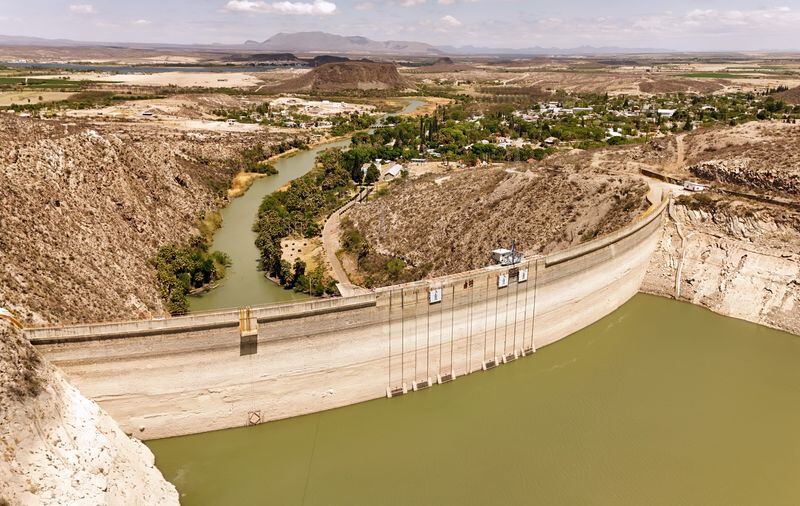
The United States and Mexico have reached an agreement to comply with current water obligations affecting U.S. farmers and ranchers and for Mexico to cover its water deficit to Texas under the 1944 Water Treaty, the U.S. Department of Agriculture said in a statement.
The department уточified that the agreement applies to both the current cycle and the water deficit from the previous cycle.
On Monday, U.S. President Donald Trump accused Mexico of failing to comply with the water-sharing treaty between the two countries, which requires the United States to deliver 1.85 billion cubic meters of water from the Colorado River, while Mexico must supply 432 million cubic meters from the Rio Grande.
Mexico is behind on its commitments. According to Washington, the country has accumulated a deficit of more than one billion cubic meters of water over the past five years.
“This violation is severely harming our beautiful crops and our livestock in Texas,” Trump wrote on Monday.
The Department of Agriculture said on Friday that Mexico had agreed to supply 250 million cubic meters of water starting next week and to work toward closing the shortfall.
Agriculture Secretary Brooke Rollins, quoted in the statement, said Mexico delivered more water in a single year than it had over the previous four years combined.
Trump has said that if Mexico continues to fall short of its obligations, the United States reserves the right to impose 5% tariffs on imported Mexican products.
Mexico’s Deputy Foreign Minister for North America, Roberto Velasco, said that a severe drought in 2022 and 2023prevented the country from meeting its commitments.
International
Several people shot in attack on Brown University campus

Several people were shot on Saturday in an attack on the campus of Brown University, in the northeastern United States, local police reported.
“Shelter in place and avoid the area until further notice,” the Providence Police Department urged in a post on X. Brown University is located in Providence, the capital of the state of Rhode Island.
U.S. President Donald Trump said on his social media platform Truth Social that he had been briefed on the situation and that the FBI was on the scene.
At 5:52 p.m. local time (11:52 p.m. GMT), Brown University said the situation was still “ongoing” and instructed students to remain sheltered until further notice.
After initially stating that the suspect had been taken into custody, Trump later posted a second message clarifying that local police had walked back that information. “The suspect has NOT been apprehended,” the U.S. president said.
-
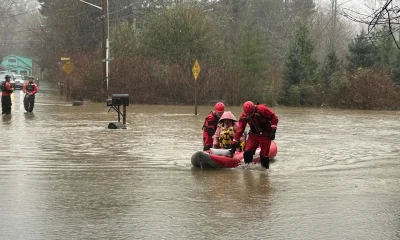
 International4 days ago
International4 days agoWashington declares State of Emergency as atmospheric river brings severe flooding
-

 International4 days ago
International4 days agoU.S. to require five-year social media history from tourists under Visa Waiver Program
-

 International3 days ago
International3 days agoCuba battles out-of-control dengue and chikungunya epidemic as death toll rises to 44
-

 Central America3 days ago
Central America3 days agoHonduras election crisis deepens as CNE president denounces intimidation attempts
-

 Central America4 days ago
Central America4 days agoOAS and EU urge honduran political actors to respect vote results and avoid unrest
-

 International3 days ago
International3 days agoColombia says it would not reject Maduro asylum request as regional tensions escalate
-

 International2 days ago
International2 days agoSeveral people shot in attack on Brown University campus
-

 International3 days ago
International3 days agoEcuador on track for record violence as homicides hit highest level in Latin America again
-

 International4 days ago
International4 days agoSix ecuadorian soldiers jailed pending trial for alleged extrajudicial execution
-
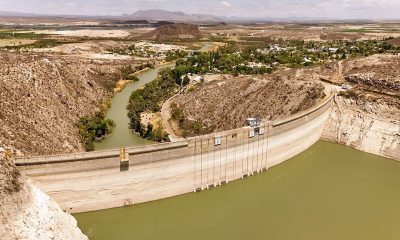
 International2 days ago
International2 days agoU.S. and Mexico Reach Deal to Address Water Deficit Under 1944 Treaty
-

 Central America13 hours ago
Central America13 hours agoPanama seizes over three tons of drugs hidden in Caribbean port container
-

 International1 hour ago
International1 hour agoPolice investigate deaths of Rob Reiner and wife as apparent homicide
-

 Central America1 hour ago
Central America1 hour agoOAS urges swift recount in Honduras as election results remain uncertain































